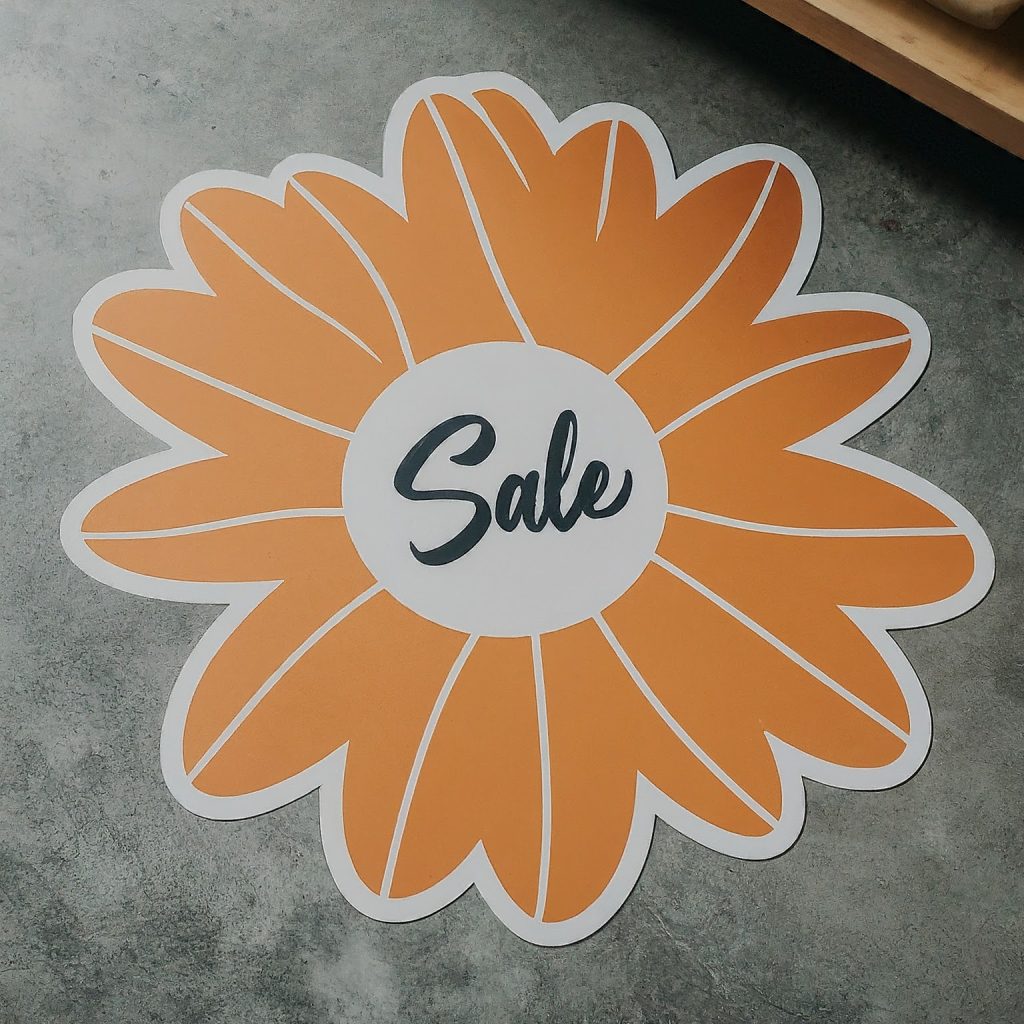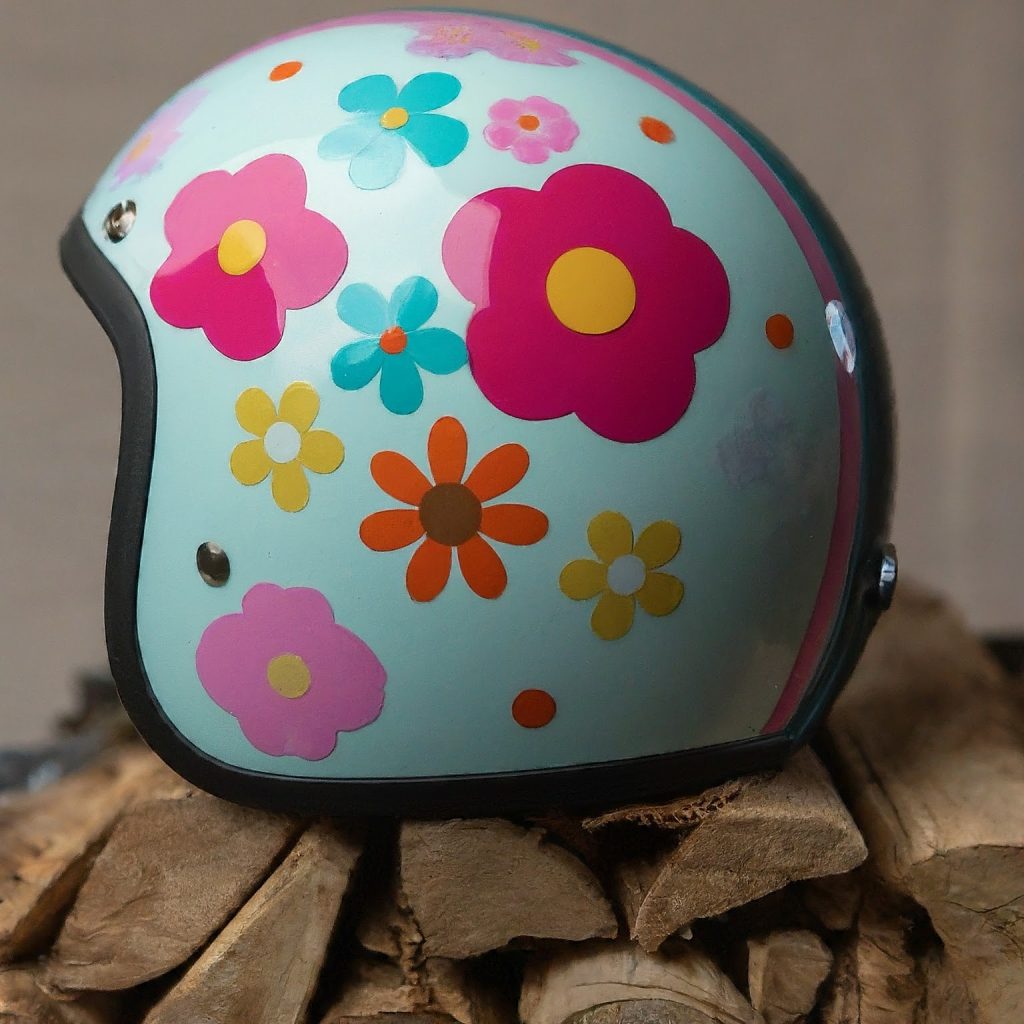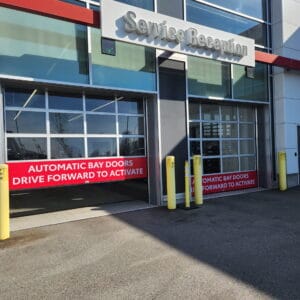Authored by Kieran Blacknall, Academy Manager at Drytac.
In the world of bonding, the relationship between the adhesive and surface is crucial. However, very much like real-life relationships, compatibility is absolutely key to success.
Those who work with these materials on a regular basis know it is much trickier than simply being able to apply the adhesive backed graphic onto a surface without a hitch. In reality, a great deal of thought and planning should go into this process to ensure the adhesive sticks and stays stuck for as long as required. The materials Drytac manufactures are only 50% of what one should consider for an installation project; the other 50% is the application surface and how compatible it might be with the product you are using.
But how do you go about ensuring the perfect match? Drytac takes a closer look at the science behind adhesives and surfaces to unravel this mystery…
When talking about surface characteristics, we have the usual suspects of texture, temperature, and material type. There is an additional, lesser-known surface characteristic called ‘surface energy’. In simple terms, surface energy describes how easy or difficult it will be to create a strong attraction with the surface and subsequent chemical bond.
There are three types of energy related to surfaces: high surface energy, medium surface energy and low surface energy.
High Surface Energy



High surface energy surfaces are usually very attractive to adhesives and don’t need much convincing to stick – think glass and smooth metals.
Examples of Drytac products ideal for high surface energy applications:
- SpotOn White
- SpotOn Clear
- ReTac Smooth 150
- ReTac Textures
- ReTac Clear PET
- ViziPrint Impress
- Polar Choice
- Polar Premium Air
- Polar Smooth 150 Air
- Polar Chrome
Medium Surface Energy



Medium surface energy surfaces, such as wood, drywall, stone, brick or concrete, will welcome adhesives when they’re in the right mood, so you might have to consider your approach more than you would with a high energy surface.
Examples of Drytac products ideal for medium surface energy applications:
- SpotOn White
- SpotOn Clear
- SpotOn Floor 200
- ReTac Smooth 150
- ReTac Textures
- ReTac Clear PET
- Polar Choice
- Polar Premium Air
- Polar Smooth 150 Air
- Polar Grip
- Polar Grip Air
- Polar Street FX
Low Surface Energy



Finally, low energy surfaces, such as rubber and polypropylene, aren’t interested in any old adhesive. They have high standards and require you to pull out all the stops. Low energy surfaces are very much the introverts of the bonding world.
Examples of Drytac products ideal for low surface energy applications:
To sum up, by understanding the science behind adhesives and surfaces, you will gain the power to make informed decisions about each project. Whether you are a DIY enthusiast or a professional in the industry, knowing which adhesive suits each surface can save you time, money, and frustration.




